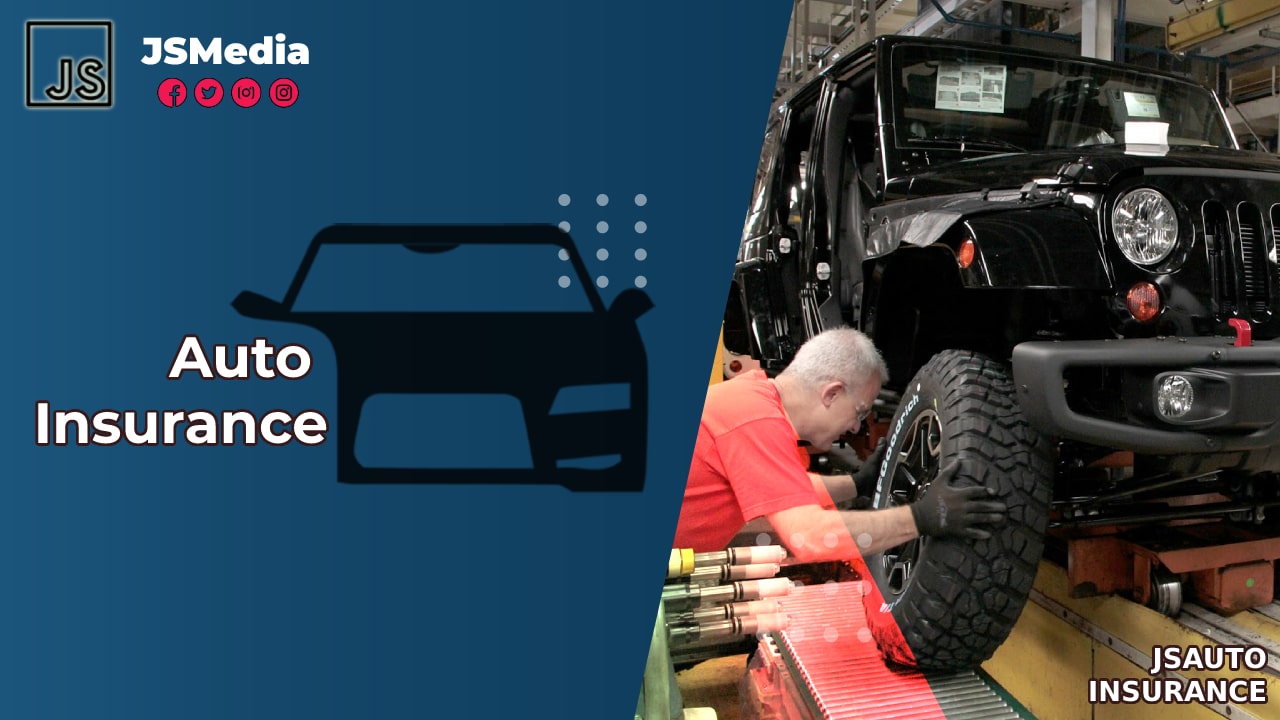JSMedia – There are several different kinds of auto insurance symbols and the meaning of each varies based on your state. Some of these include liability, uninsured motorist coverage, and property damage coverage. Some are used to differentiate between the types of coverage. If you’re unsure of the meaning of the symbols, consult your policy or contact your insurer. If you’re unsure of what each symbol means, read the explanation on your insurance card.
The symbols are part of the Vehicle Identification Number, or VIN, which is your car’s fingerprint. A VIN is assigned a number from 1 to 26. Higher numbers indicate higher-end cars, and lower numbers mean modest cars. Even the Yugo has a symbol higher than one. So, it’s important to understand the meaning of each symbol and its meaning. For instance, a vehicle with a higher number is generally more expensive than a vehicle with a lower one.
Symbol 19 is for non-owned autos. It represents a particular type of vehicle that is insured. Depending on the coverage you choose, this symbol can be added to both owned and non-owned autos. This coverage is useful for businesses that operate from their vehicles. You can use it to protect your business from any unfortunate incidents. There are many other auto insurance symbols that can help you choose the best plan for your needs. You should always keep the meaning of the auto insurance symbols in mind when purchasing a policy.
What Are Auto Insurance Symbols?
If you have a large vehicle, symbol 1 should be the only choice. The reason for this is that symbol 1 is very broad and not offered by all insurance companies. You can substitute symbols 7, 8, and 9 instead. Depending on your state’s insurance laws, you can add more symbols. The first is called “scheduled autos.” The other two are called “owned autos,” and they are only available for scheduled autos.
Symbol 2 is a symbol for non-owned vehicles. The symbol represents the type of vehicle covered and the limits of each type. In addition to the types of vehicles, the symbols represent the types of coverage. For instance, symbol 2 would mean coverage for all vehicles in your policy. In case of an accident, you’d need to make sure that you’re covered for all types of damage. You can also get the insurance that covers the rented car or hire it.
Symbols are used to identify the types of policies you can purchase. In most states, a symbol identifies a covered auto. In Nevada, symbols are used to specify the type of vehicle. Typically, the symbol for an uninsured car is the number 7. The symbol for a hired or rented automobile is a custom-made one. It has a different meaning than the standard auto insurance symbol. This type of insurance is a specialty coverage that is only available in a few states.
The symbol for a covered automobile may differ slightly from state to state. In California, auto insurance symbols for private passenger cars and non-owned vehicles can be modified by an insurer or a named insured. If you’re unsure what these symbols mean, ask your insurer about it when you negotiate your coverage. It’s important to fully understand what these symbols mean. If you’re unsure about a specific coverage, it’s important to consult with an agent who understands the ins and outs of auto insurance.
The symbols for personal auto insurance include a VIN number and description. A symbol for liability coverage refers to an insured vehicle. The symbols for personal auto insurance are similar to those for commercial vehicles. Unlike in commercial vehicles, they don’t cover their drivers or other passengers. Regardless of the type of coverage, you should always carry liability insurance. This type of coverage will protect you in the event of an accident and provide the funds you need.
Symbols for liability insurance are another form of coverage. These symbols are used to specify what kind of auto is covered. A symbol for liability insurance is an indication that the policy covers the owner’s vehicle. A symbol for liability insurance can be a sign of a high-risk driver. In this case, the insured driver’s car is underinsured. The other type of coverage is for non-owned vehicles. Despite its low price, this type of insurance is still very valuable.

